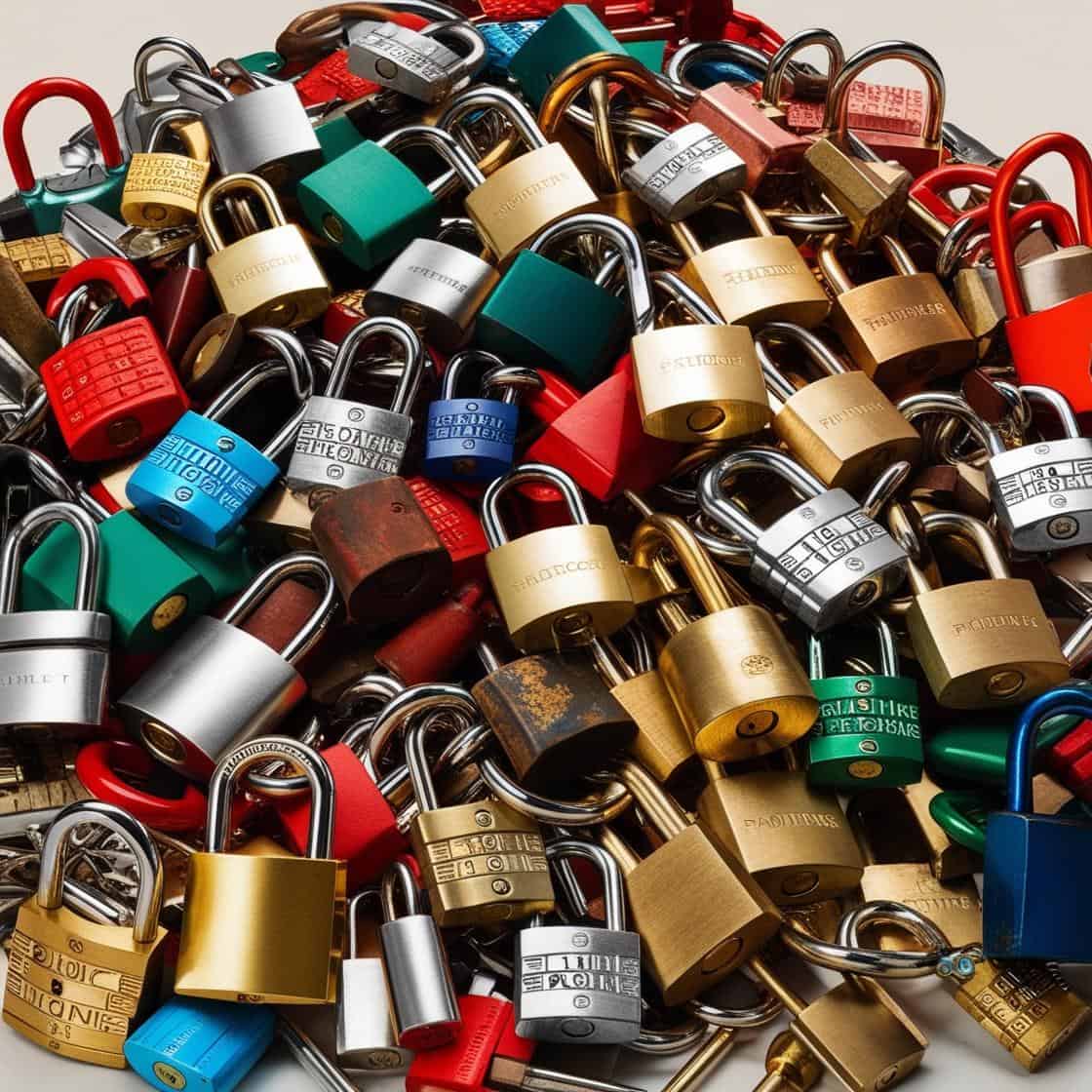What Is a Secure Website and Why It Matters
If you’ve ever wondered what is a secure website, you’re not alone. In simple terms, it’s a website that protects your information from being seen or stolen by people who shouldn’t have access to it.
Whether you’re shopping online, logging into your email, or building your first website, security is what keeps your data private and safe. Let’s explore what really makes a website secure — in plain English.
The Technology Behind a Secure Website
At the heart of every secure website is something called HTTPS, which stands for HyperText Transfer Protocol Secure.
You might recognise it from the little padlock icon in your browser’s address bar. That “S” at the end means the site uses encryption, which scrambles information as it travels between your computer and the website. If hackers tried to read it, it would look like nonsense.
To make HTTPS work, websites need an SSL certificate (Secure Sockets Layer). Think of it as a digital ID card that proves a site is legitimate. It tells your browser, “Yes, this website is who it says it is.”
Today, most websites actually use an updated version called TLS (Transport Layer Security), but many people still call it SSL out of habit.
A good way to picture it:
SSL is like sealing a letter in an envelope before posting it — only the right person can open it.
Why Having a Secure Website Is So Important
When you ask what is a secure website and why it matters, the short answer is trust.
A secure website:
- Protects visitor data from hackers
- Prevents fraud or identity theft
- Builds confidence with your audience
- Helps your website rank higher on Google
If you’re running a small business, blog, or shop, people are far more likely to buy from you or share their details when they see that little padlock in the address bar.
Simply put — security builds credibility.

How to Create a Secure Website (Step by Step)
Setting up a secure website doesn’t need to be complicated. Here’s a beginner-friendly checklist to get started:
- Get an SSL Certificate
You can buy one from trusted providers like Namecheap or GoDaddy, or even get one free from Let’s Encrypt. Once it’s installed, your site will show HTTPS and display the padlock icon. - Keep Everything Updated
Update your website platform, plugins, and themes regularly. Outdated software is like leaving the door unlocked — it’s how hackers sneak in. - Use Strong Passwords and Two-Factor Login
Mix letters, numbers, and symbols in your passwords. Add two-factor authentication for extra protection. - Back Up Your Site Often
Regular backups mean you can restore your website quickly if something goes wrong. - Run Security Scans
Tools like Sucuri or Wordfence (for WordPress users) can check for weak spots before hackers do. - Be Careful with Plugins and Themes
Only download from trusted sources. Free isn’t always safe if you don’t know where it came from!
How to Tell If a Website Is Secure
Now that you know what a secure website is, it’s just as important to spot whether other sites you visit are safe.
Here’s what to look for:
- HTTPS at the start of the web address
- A padlock icon next to the URL
- A valid SSL certificate (click the padlock to check details)
- A visible privacy policy and contact page
- Professional design and no spelling mistakes (scam sites often look rushed)
If you see warnings like “Not Secure” or an expired certificate message, be cautious before entering any personal information.

Good to Know: Security Helps SEO Too
Search engines love websites that are safe. Google now gives secure sites a small ranking boost, and browsers like Chrome even warn visitors if a site isn’t using HTTPS.
So, when you’re building your website, choosing security isn’t just smart — it’s good for visibility too.
A helpful, non-technical guide worth reading is Google Security — it explains website security in simple language.
And Finally…
Security might sound like a dry topic, but at its heart, it’s about one thing — trust.
When you build or visit a secure website, you’re creating a safer internet for everyone.
So next time you’re browsing or setting up a site, look for that little padlock — it’s a small symbol with a big purpose.
Have you ever added SSL to your own website, or spotted one that wasn’t secure?
Share your experiences in the comments — every story helps someone else learn.
Here’s a little transparency: My website contains affiliate links. This means if you click and make a purchase, I may receive a small commission. Don’t worry, there’s no extra cost to you. It’s a simple way you can support my mission to bring you quality content.”


This post does a great job of breaking down website security in a clear and engaging way! The comparison of SSL to sealing a letter really drives the point home—encryption is crucial for keeping data safe. It’s also helpful that you touched on TLS since many still refer to SSL out of habit. Regular updates and backups are definitely overlooked but make a huge difference in preventing cyber threats. I also appreciate the practical tips for identifying secure websites—spotting HTTPS and checking certificates are small steps that can save users from major risks. One suggestion: maybe add a section on two-factor authentication (2FA) for website logins? It’s another layer of protection that’s becoming a standard. Great read overall! Looking forward to more insights on cybersecurity.
Hello and thank you for your comment. I have to admit that I didn’t consider two-factor authentication so I shall remedy that. Thanks for the reminder.
Jackie